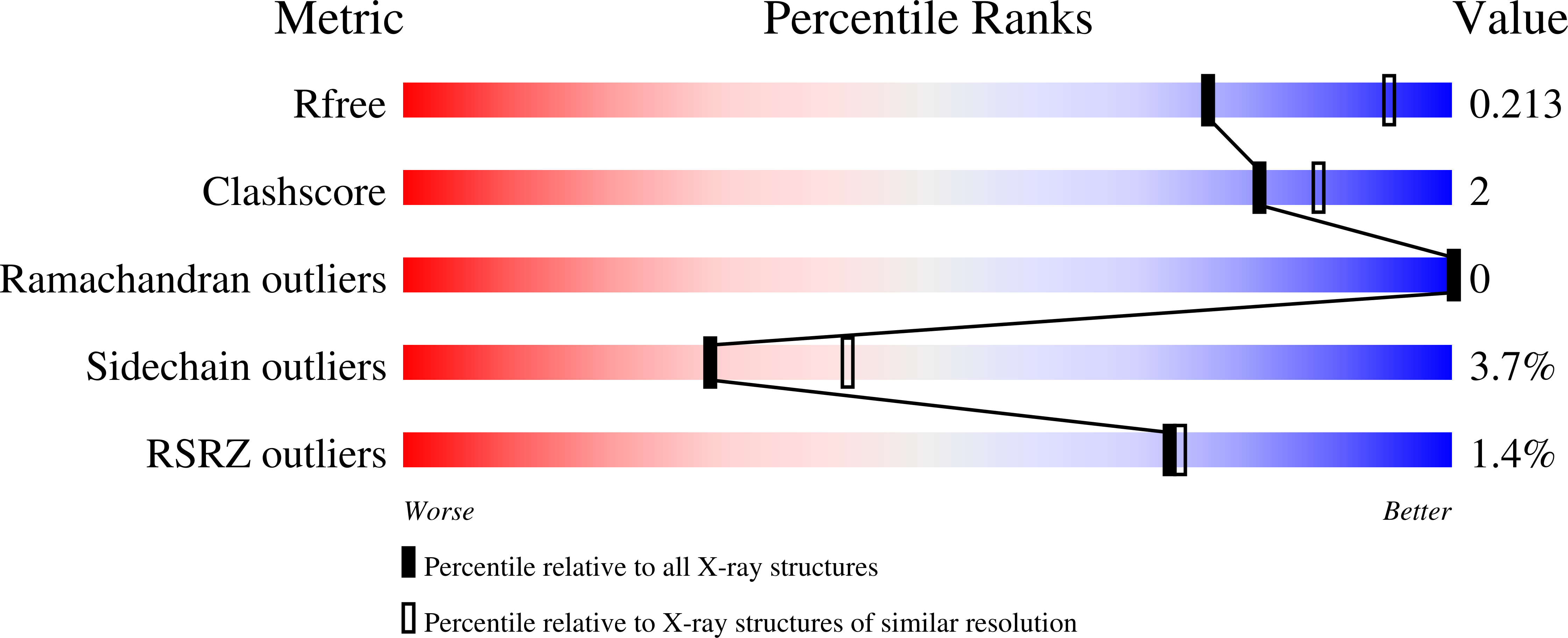
Deposition Date
2025-02-20
Release Date
2025-07-23
Last Version Date
2025-08-13
Entry Detail
PDB ID:
9IGR
Keywords:
Title:
Crystal structure of PPK2 class III from Erysipelotrichaceae bacterium in complex with polyphosphate
Biological Source:
Source Organism:
Erysipelotrichaceae bacterium (Taxon ID: 2049044)
Host Organism:
Method Details:
Experimental Method:
Resolution:
2.31 Å
R-Value Free:
0.21
R-Value Work:
0.17
Space Group:
C 1 2 1


